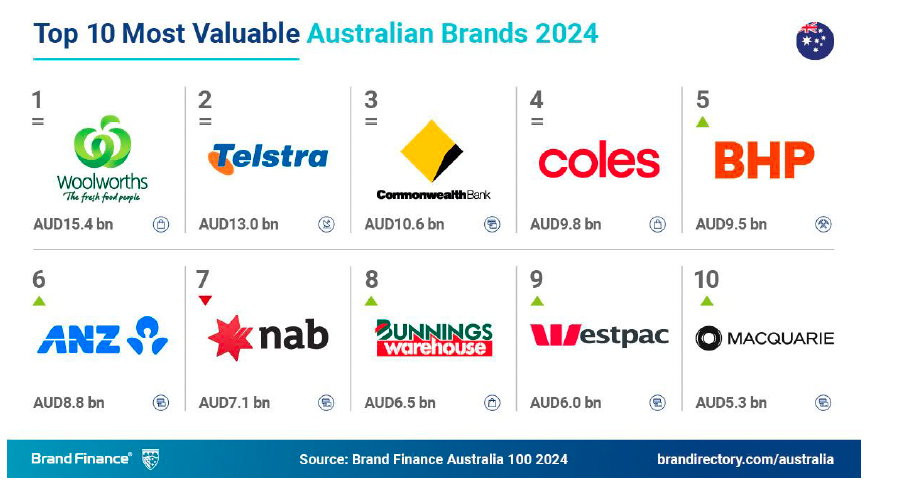Customer, network investment and profitability dominate Telstra five-year Connected Future 30 strategy

Treating its network as the product, building a new customer engagement layer, plus improving cost discipline and the profitability of its digital infrastructure layer are the foundations underpinning Telstra’s newly minted Connected Future 30 strategy.
Revealed to investors during investor day today, the ASX-listed telco positioned the new five-year play commercial strategy as driven by the ambition to become the number one choice for connectivity in Australia. To do this, Telstra needs to understand its customers more deeply and “treat our network as a product with its own commercial value,” Telstra CEO Vicki Brady said to investors.
“We’re at an inflection point as technology and connectivity transform once again,” Brady told investors. “Customer needs are changing and the connectivity we provide has got to get more sophisticated and flexible. How we anticipate and meet changing needs will be crucial.
“There’s no version of the future that doesn’t rely on technology and it all needs to be connected. As a connectivity and digital infrastructure business with a long history of innovation, this is a massive opportunity for us.”
Telstra’s Future 30 strategy has three main layers to it. The first is customer engagement. Brady cited plans to grow Telstra’s strategic NPS by more than 50 per cent by FY30 and consistently be in the top 10 strongest brands in Australia. Telstra’s FY25 episodic NPS is +47.
The network layer, meanwhile, is about treating network as a product by reinventing how value is captured from it. To help here, Telstra has created a new Network Experience Index based on network availability and speed experienced by mobile and fixed customers. The telco noted it’s spent over $40bn in capex and spectrum over the last 10 years.
The aim here is to lift by 1 point each year over the next five years. “By FY30, we aim to transform our connectivity platform with the majority of our connectivity revenue enabled by Network as a Product,” Brady stated.
The digital infrastructure layer is the third critical piece and the ambition is to be the leading digital infrastructure provider. Brady said it’s looking to achieve sustained cash EBIT growth to FY30 and mid-teens IRR on strategic investments and partnerships.
Brady then outlined four enablers underpinning the business manifesto. People and culture made the list, with a target to maintain Telstra’s position in the top 25 per cent of companies globally for employee engagement. This comes 12 months after Telstra announced it was culling up to 2800 jobs in the last six months of 2024 to curb net costs by $500 million.
AI is another must in the tech stacks, and Telstra is looking to be in the top 25 per cent of global enterprises in AI maturity by FY30. Sustainability also got a mention, and Telstra is retaining its existing 2030 targets to reduce Scope 1 and 2 emissions by 70 per cent, and absolute Scope 3 emissions by 50 per cent in the next five years against its FY19 baseline.
Financial discipline was the fourth pillar, targeting positive operating leverage with underlying income growing faster than costs and BAU capex each year to FY30.
Telstra CFO, Michael Ackland, said this will be achieved through a combination of mid-single digit compound annual growth in cash earnings, and targeting an underlying return on invested capital of 10 per cent by FY30, up from 8 per cent currently.
The strategy launch comes as Telstra reaffirmed guidance for FY25, project underlying EBITDA of $8.5 billion – $8.7bn, with BAU capex between $3.2bn – $3.4bn. The telco reported underlying EBITDA of $8.24bn in FY24 against underlying income of $23.4bn.
“Our Connected Future 30 strategy will see us double down on connectivity and radically innovate in the core of our business,” said Brady. “We will do what we do best and we will adapt and lead to shape the future of connectivity.”





